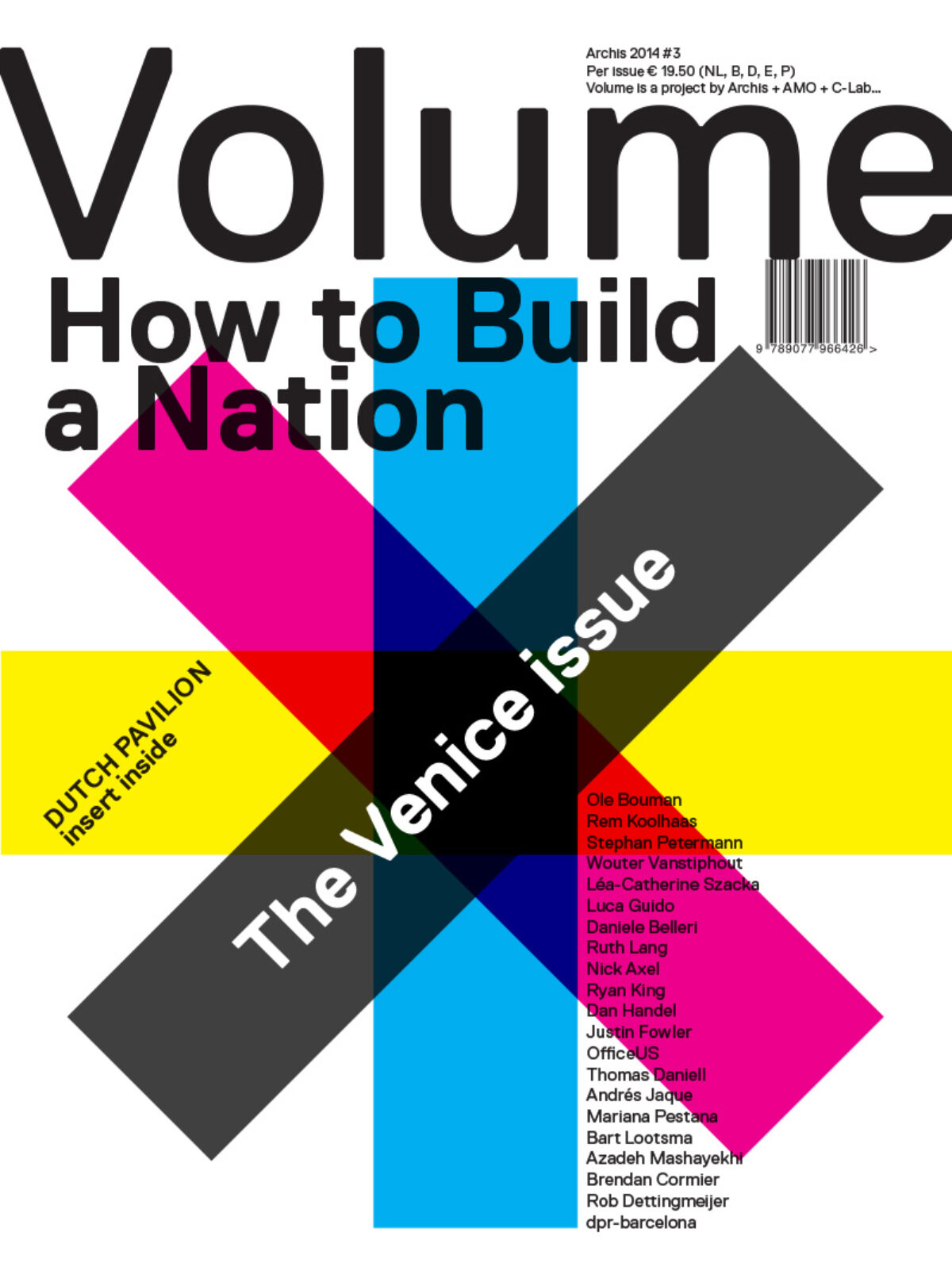Via Yarbus, the new web project of former Volume/Archis web editor Edwin Gardner, we found this amazing presentation tool for architects and designers. Zebra Imaging 3D prints recently came up with a method to show virtual 3D models to a group of stakeholders. Zebra's holographic images enables architects and designers to show their 3D model without taking it. All sorts of architectural data can be transformed into a mind-blowing holographic animation. According to its makers, this method is much more rapid, much more accurate and less expensive than a real model. Interesting is the fact that the panel is a flat piece of plastic which is easy to transport, in contrary to regular 3D models. The times that we see an architect struggling in public transport while carrying unhandy models packed in wrapped garbage bag foil, are over soon. As the video explains we are not able to experience the whole effect as we are watching it on a 2D monitor. Nevertheless, this looks already amazing. All different perspectives can be shown — from street level to a bird's eye perspective. The models are available in different sizes and are full color. Next to architecture, this application finds a use in showing 3D maps for military operations.
Hello, you probably know me, not necessarily me (Edwin Gardner), but at least you've been confronted with me one way or another. Through the Archis/Volume newsletter, posts on the Volume blog, bookmarks, tweets and facebook updates, in other words the whole social media arsenal which is at every web-editor's disposal these days. But alas, it is also Goodbye. In 2005 I started at Archis/Volume with a summer internship, and by making my first contribution to the Broadcasting Architecture issue (#3), and surely that won't be my last contribution to the magazine, I'll stay on the team as editorial consultant, I'll stay blogging on the Action! blog (together with mr. Hyde), and dumping the occasional link through one of the before mentioned channels. Beside that you can follow my ongoings @edwingardner. Then there is another Hello! A hello i'm proud and pleased to give. I would like to introduce you to Jeroen Beekmans and Joop de Boer from Golfstromen who will take over the helm of the Archis/Volume web-machine. Perhaps you know them from their prolific blog The Pop-Up City or Amsterdam's Pecha Kucha night, If not you will become very ambiently aware and digitally intimate with them soon enough. For now, adieu!

